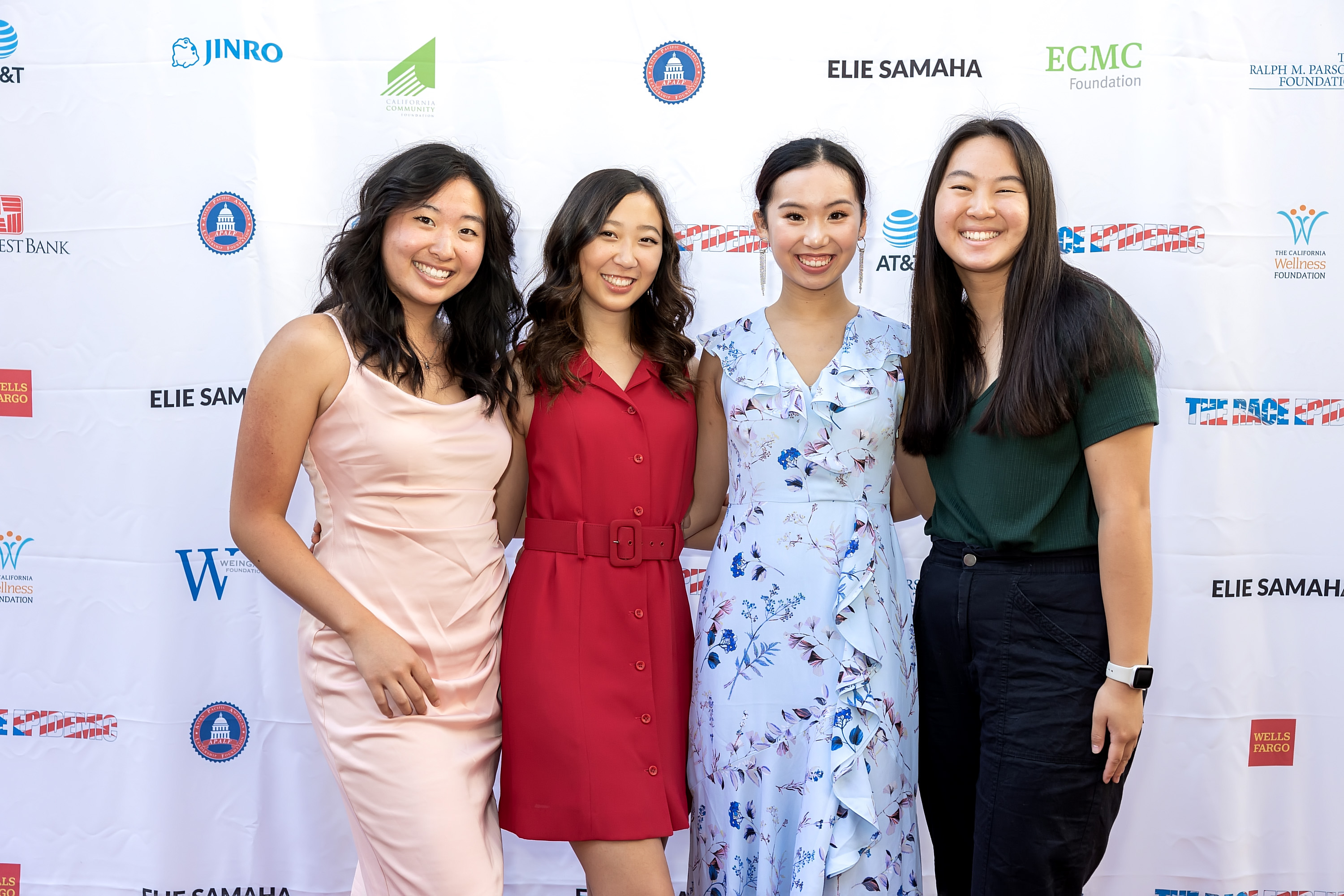Anti-Asian hate and racism soared in the U.S. because of the rhetoric surrounding COVID-19 that cast Asian Americans as scapegoats. Unfortunately, this is nothing new for the Asian American and Pacific Islander (AAPI) community. AAPIs have long endured discrimination and violence in America such as the Chinese Exclusion Act, Japanese American internment and the murder of Vincent Chin. Professionally, AAPIs often face barriers that limit career goals and leadership positions, also known as the bamboo ceiling.
In their documentary film “The Race Epidemic,” producer, writer and UCLA alum Ronald W. Wong and director Tony Shyu aim to tell this history of racism against AAPIs and examine the new surge of prejudice during the pandemic. They argue that the real epidemic in America is racism, and it has haunted our country since its origins. The film description states that “‘The Race Epidemic’ seeks to heal America through understanding, compassion, and knowledge.”
I had the opportunity to attend the red carpet premiere of “The Race Epidemic” at the TCL Chinese Theater in Hollywood on Sept. 26, 2022. As an Asian American advocate myself, I’ve learned a lot about the history of anti-Asian sentiment throughout my life, and this film had several unique aspects I really enjoyed.
One aspect was its inclusion of the voices of Asian American government officials and lawmakers.
“It was important to include legislators because they’re the ones who have taken the ultimate step of engagement and are trying to pave the way for others,” executive producer John Kobara said. “There are faces out there that look like us who are advancing policy that reflects the needs of the community.”
In the film, many Asian American legislators including Attorney General Rob Bonta, Congresswoman Judy Chu and California Assemblymember Evan Low told stories of the prejudice they faced growing up and the discrimination they encountered throughout the campaigning and election process. Although tragic, it was inspiring to see how they too endured anti-Asian racism and still were able to become who they are today. Their trajectories empower young Asian Americans to run for office and to be outspoken in community issues.
In addition, “The Race Epidemic” drew a parallel between the historical xenophobia Asians have endured and the current racism we are experiencing.
“The main goal of our education is to break the mythology,” Kobara said. “The four main myths being that we all look alike, we’re foreigners, we’re fine and don’t need help, and we’re not leaders. After that, we want people to ask ‘And now what?’ and really engage in the political process and the community.”
Karina Ngo, a third-year political science and public affairs major, also watched the film premiere.
“I gained the most from the Asian American history portion,” Ngo said. “It’s something that I’d learned before but it wasn’t in my consciousness. In daily life, you feel like we’ve moved so far forward that it isn’t relevant anymore but watching the documentary you realize that’s obviously not true.”
We cannot forget about what happened to us in the past because it gives us motivation as a community to stand up for our present and our future. Even now, innocent AAPIs continue to fall victim to racially motivated violence, and this film encourages Asian Americans to not be silenced any longer. It tells its viewers to be active in the community, to run for office and to become politically engaged.
One of the film’s main messages is the importance of unifying as AAPIs while also appreciating the huge diversity that exists within this label.
“Something that stuck with me was what Evan Low said,” Ngo said. “He said the reason we can celebrate our cultures so visibly is because there were Asians that came before us that had to assimilate in order to get respect from their white neighbors. I feel like this is really important to remember because there is a lot of shaming that happens when Asian Americans are perceived as having lost touch with their culture or becoming Americanized. This can be pretty divisive, and we shouldn’t place blame on them for doing what they needed to do to survive. Because of them, people are much more free to appreciate their culture, wear their cultural dress and speak their native language.”
Kobara agreed with Ngo.
“As we start to help people understand the different communities within the larger grouping, othering starts to happen,” Kobara said. “But the ultimate goal is interconnectedness by understanding each other and the advantages of our incredible diversity.”
The Race Epidemic has had a few showings in other cities. However, for their red carpet premiere in Los Angeles, the filmmakers were looking for a larger audience.
“We wanted to make a splash,” Kobara said.
Prominent AAPI legislators were in the audience, and the screening took place in the grand TCL Chinese Theater in the middle of the Hollywood Walk of Fame. Some of the biggest mainstream movies premiere at the TCL Theater, so seeing a film made by AAPIs for AAPIs about AAPIs in such a historical and well-known place was truly moving. I hope to see more Asian American films shown here in the future.
We can all learn from “The Race Epidemic,” whether that be a lesson in understanding each other’s complex histories and experiences, breaking the bamboo ceiling or fighting for our communities.
As former Los Angeles Councilmember David Ryu says in the film, “In America, it’s about speaking up and standing up for what you believe in. As Asian Americans, we need to go after and advocate for what we think is right.”

Comments are closed.